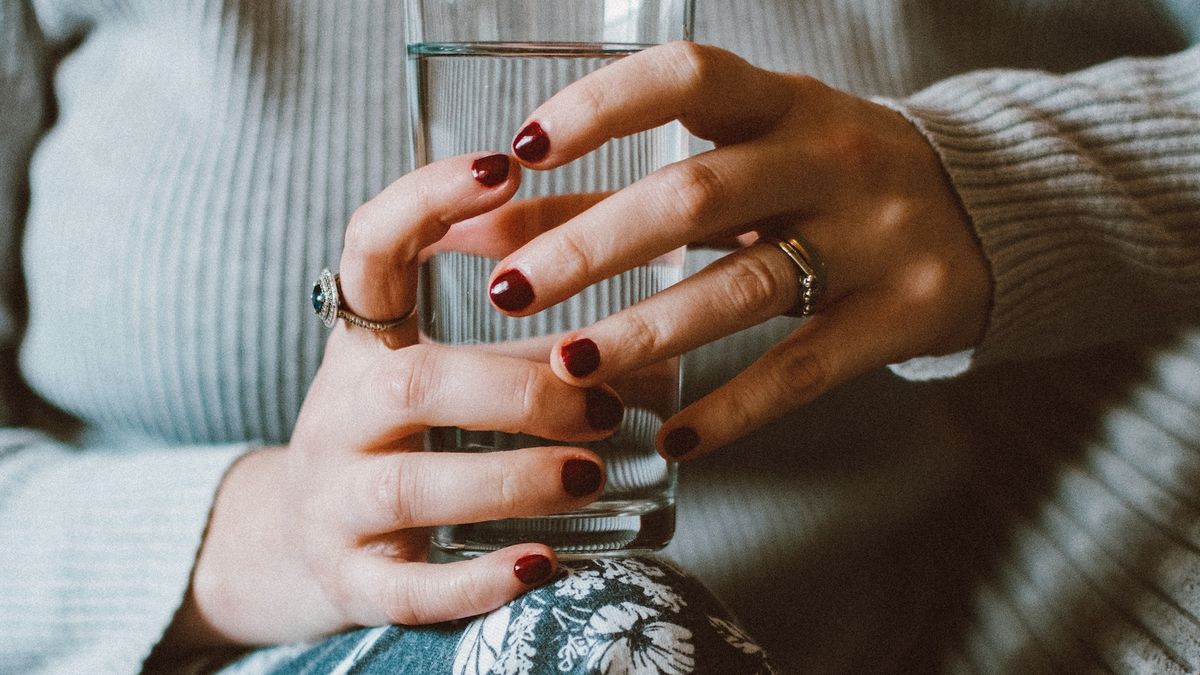Although the government has already taken it upon itself to question the UN report due to the “inaccuracies” who presented the document regarding the issues related to the consequences of the water emergency that, although with a less degree of severity, is still being experienced in the metropolitan area of the country; undertook to make a survey of the current situation of drinking water supply for the populationin order to settle any related questions.
In this way, and according to data compiled by official sources, water intended for human consumption represents a minority portion of the total water consumed daily in Uruguayan households. They estimate that the average use of potable water per person is between 120 to 150 liters per dayand the drinking water could be estimated at less than 2%.
This figure becomes more relevant if one considers the emphasis made by the authorities that, despite the critical situation that was experienced, never called to restrict consumption of drinking water, but to rationalize its use and limit it to essential actions.
The report also recorded that a 96% of the Uruguayan population has access to drinking water through supply networks, and 98.4% have an improved water source, according to data from the National Water Plan. These figures indicate one of the highest coverages of access to water on the continent.
Water quality continues to improve
In addition to the report in response to criticism from the UN —which issued a special warning about the quality of the water, which has deteriorated due to the increase in salinity in the OSE supply—, the facts themselves seem to reassure not only the government but the entire population : according to yesterday’s records, the growth of reserves in Severine Pass he managed to bring the reservoir to 3,401,069 cubic meters, just over 5% of its capacity.
Also notable was the low in salinity of water, with values well below the maximum allowed both in chlorides (720 mg/l), as in sodium (440mg/l). Thus, in pumping line 4, 245 mg/l of chloride and 172 mg/l of sodium were recorded, while in line 5 there were 435 mg/l of chloride and 276 mg/l of sodium. Finally, in line 6, it was 262 mg/l and 181 mg/l, respectively.
The good news comes after the counterpoint between the government and the UN, after the international body spoke of “de facto privatization” of water and requested to “prioritize human consumption” over the use of industries, after which the Executive questioned the “inaccuracies” of the report.
Source: Ambito




